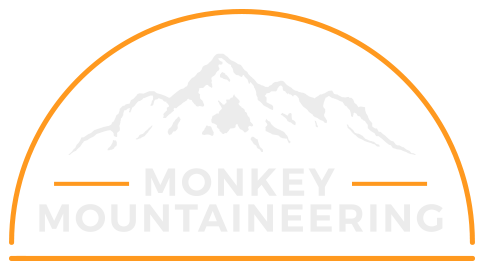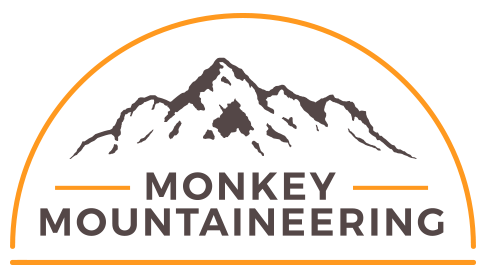The Mountains
At 6476m Mera Peak is the highest trekking peak in Nepal. Located at the head of the Hinku Valley at the eastern edge of the Khumbu region Mera Peak has three main summits – Mera South, Mera Central and Mera North and all three offer spectacular 360 degree views which include 5 of the world’s 14, 8000m mountains including Mount Everest, Kangchenjunga, Lhotse, Makalu and Cho Oyu. Mera Central was first climbed on 20 May 1953 by Colonel Jimmy Roberts and Sen Tenzing. Mera North, the highest summit of the three, was first climbed sometime between 29 October 1973 and 1975 although the details are not entirely clear.

